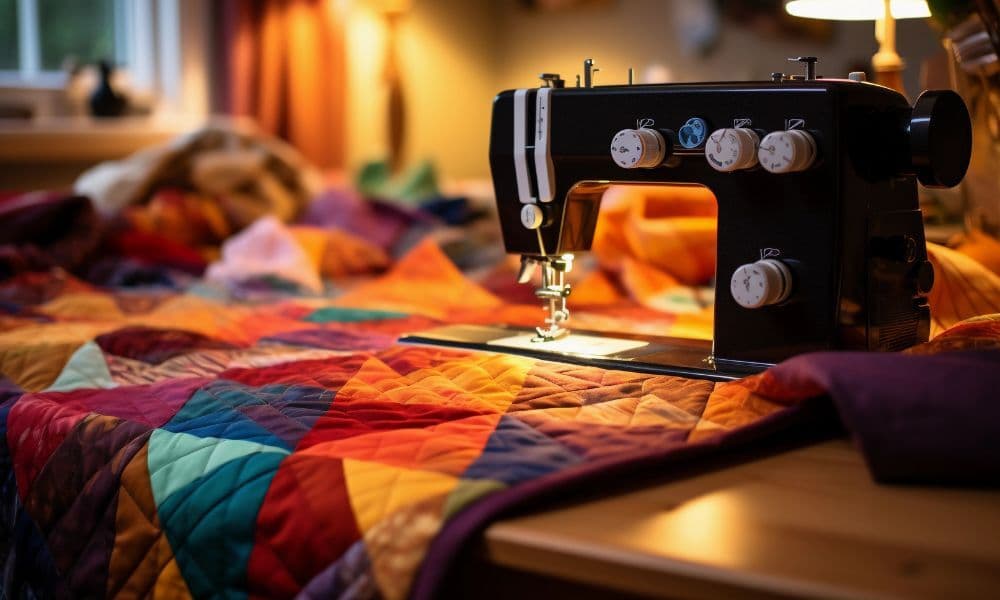Montavilla Sewing Blog

Common Mistakes To Avoid in Quilting Projects
November 29, 2023
Quilting is a timeless craft that has been handed down through generations and can help you create something beautiful that is also practical. However, quilting requires precision and attention to detail, which means even the smallest mistake can have a significant impact on the final product. To help you avoid some of the most common quilting mistakes, let’s take a look at what to keep in mind as you work on your quilting project.
Ignoring the Importance of the Seam Allowance
Remember, the seam allowance is the distance between the edge of the fabric and the seam line. A seam allowance that is too big or too small can result in pieces of fabric that don't fit together. The standard seam allowance in quilting is a quarter of an inch. Measure carefully and mark the seam allowance on every piece, or use a specialized quarter-inch presser foot to ensure that you sew the fabric together precisely.
Not Pressing Your Seams
One of the biggest mistakes that beginner quilters make is skipping the pressing step. Pressing your seams in the correct direction is essential for ensuring that your quilt blocks lie flat and fit together properly. Pressing is literally that: pressing the iron down on the fabric—not pushing the iron and distorting the seam with too much friction or steam.
Skipping this step can result in wrinkled, puckered seams that can be difficult to fix later on. To prevent this from happening, make sure to invest in a good-quality iron and take the time to press your seams carefully after each step.
Skipping the Prewash
One of the most common quilting mistakes is not washing your fabric before you start quilting. Every time fabric comes in contact with moisture or heat, it is prone to shrinkage.
Prewashing your fabrics will help remove any loose dye and ensure that your fabric remains the same size after washing. This means that your quilt will retain its shape and size after the first wash. Many quilters like to starch their fabrics after washing to make the pieces easier to handle.
Using the Wrong Thread
Using the wrong thread can also result in quilting problems, particularly if the thread is too thin or too weak for the weight of the fabric. Make sure to use a thread that is strong and durable and matches the weight and color of your fabric.
Some quilters use cotton because they want the fiber content of the fabric and thread to match. They would rather have the thread break than the fabric rip, so they don't want to use poly thread for this reason.
Also, wrong thread can mean old thread. Antique thread on wooden spools is weak and will break easily. Give it the “break” test: hold a length of thread between your hands and give it a tug. If it breaks easily, it is too weak to use in your sewing project.
Not Testing Your Design/Blocks
Additionally, before you start quilting your project, it's important to test your quilting design or blocks on scrap fabric.
Testing can help you to identify any issues that need to be addressed before you start your project, such as tension problems or thread breakage. Once you see the fabrics and texture together in your test piece, you may want to tweak the design before you commit to an entire quilt.
Quilting is a fun and satisfying hobby, but it takes practice and patience to master. Making errors while quilting is normal, but by avoiding these common mistakes, you can improve the look and quality of your project.
If you need help elevating your quilting skills, the experts here at Montavilla Sewing Centers can help! We offer sewing lessons in the Portland area and can help quilters of all skill levels become better crafters and expand their knowledge.